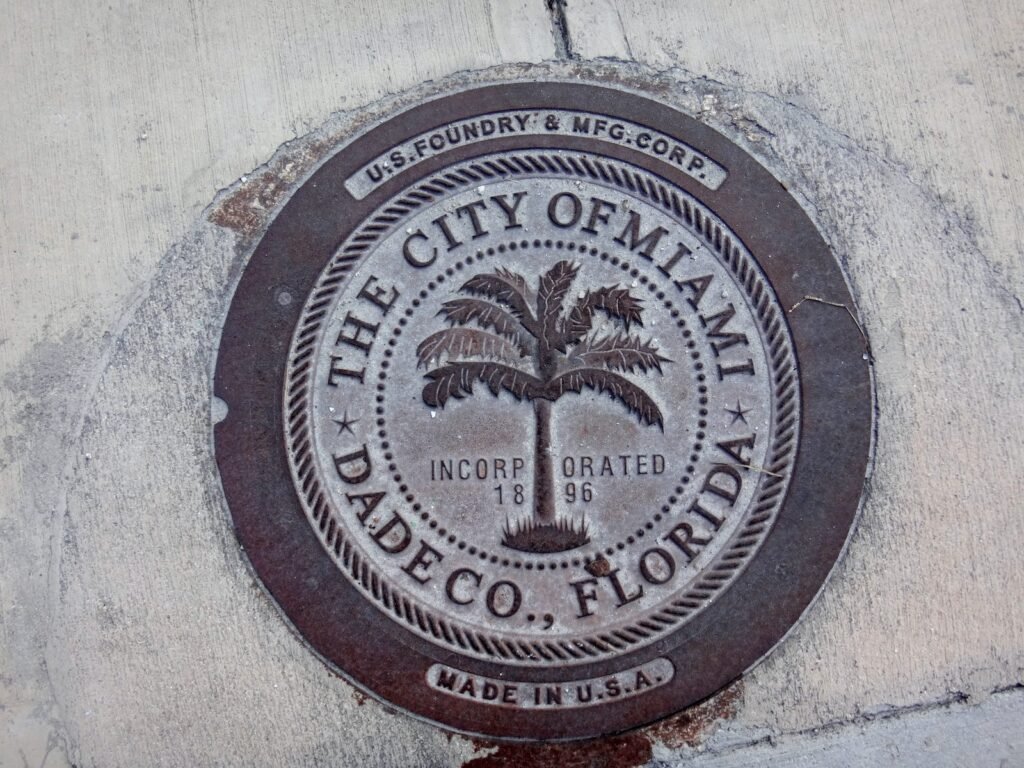Efficient Manhole Cover Detection Using Metal Detectors
Manhole covers play a critical role in our urban infrastructure, providing access to underground utility systems such as water, gas, and sewage lines. Detecting these covers efficiently is crucial for various reasons, including maintenance, safety, and preventing accidents. Traditional methods of manhole cover detection have faced several challenges, leading to the development of more advanced techniques such as using metal detectors. This article explores the importance of efficient manhole cover detection, the challenges faced by traditional methods, the role of metal detectors, their advantages, techniques for efficient detection, implementation of metal detectors, and the future prospects of this evolving technology.
Introduction to Manhole Cover Detection
Manhole cover detection is the process of accurately locating and identifying these covers in urban areas. It is paramount for municipalities and utility companies to have an efficient system in place to quickly locate these covers for maintenance and emergency purposes. In the past, manual techniques such as visual inspection and physical probing were used, but these methods were time-consuming, labor-intensive, and not always accurate.
Importance of Efficient Manhole Cover Detection
Efficient manhole cover detection is vital for several reasons. Firstly, it allows for prompt maintenance and repairs, ensuring the longevity and functionality of underground utility systems. Secondly, it prevents accidents and injuries to pedestrians and vehicles that could result from uncovered or damaged manholes. Finally, it enables utility companies to respond swiftly to emergencies such as gas leaks or flooding, minimizing potential damages and hazards.
Challenges in Traditional Manhole Cover Detection
Traditional methods of manhole cover detection faced various challenges. Visual inspection often proved to be ineffective, especially in densely populated areas with heavy vehicle and pedestrian traffic. Additionally, covers could be obscured by debris, vegetation, or other obstructions, making them difficult to locate. Physical probing, on the other hand, was time-consuming and required significant manpower. These challenges necessitated the development of more efficient and accurate detection methods.
Role of Metal Detectors in Efficient Detection
Metal detectors have emerged as a promising solution for efficient manhole cover detection. These devices utilize electromagnetic fields to identify metallic objects, making them ideal for locating manhole covers that are typically made of iron or steel. Metal detectors can quickly and accurately detect the presence of these covers, significantly reducing the time and effort required for detection.
Advantages of Metal Detectors in Manhole Cover Detection
Using metal detectors for manhole cover detection offers several advantages. Firstly, it enhances efficiency by providing a faster and more reliable detection method compared to traditional techniques. Metal detectors can promptly locate covers, even if they are covered by debris or vegetation. Secondly, it reduces the need for manual labor, as metal detectors can be operated by a single person, saving time and resources. Lastly, metal detectors minimize the risk of accidents and injuries, as uncovered or damaged manholes can be promptly identified and repaired.
Techniques for Efficient Manhole Cover Detection
To achieve efficient manhole cover detection using metal detectors, various techniques can be employed. One technique involves mapping the location of manhole covers in a geographic information system (GIS) database and using metal detectors in a systematic grid pattern to scan the designated area. Another technique involves utilizing advanced signal processing algorithms and machine learning techniques to enhance the accuracy of metal detectors by filtering out false positives.
Implementation of Metal Detectors in Manhole Cover Detection
The implementation of metal detectors in manhole cover detection requires careful planning and coordination. It involves equipping field technicians with metal detectors and training them on proper usage and interpretation of results. Additionally, integrating the detection results into a centralized database or management system enables efficient tracking, maintenance scheduling, and reporting.
Future Prospects of Efficient Manhole Cover Detection
The future prospects for efficient manhole cover detection using metal detectors are promising. Advances in technology, such as the development of more sensitive and portable metal detectors, will further enhance the accuracy and efficiency of detection. Integration with other technologies, such as remote sensing and Internet of Things (IoT), holds the potential for automated and real-time monitoring of manhole covers. Furthermore, the application of artificial intelligence and data analytics can improve the predictive maintenance of underground utility systems, ensuring smoother operations and reduced downtime.
Efficient Manhole Cover Detection Using Metal Detectors ===
Efficient manhole cover detection is crucial for ensuring the functionality, safety, and maintenance of our urban infrastructure. Traditional methods have faced challenges in accurately locating these covers, leading to the development of more advanced techniques such as using metal detectors. Metal detectors offer numerous advantages, including faster detection, reduced manual labor, and improved safety. By utilizing techniques such as mapping and advanced algorithms, metal detectors can provide efficient detection of manhole covers. As technology continues to evolve, the future holds even more prospects for enhancing manhole cover detection, ensuring the seamless operation of underground utility systems.

